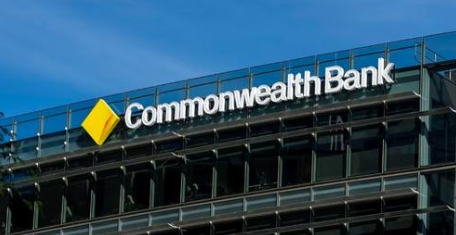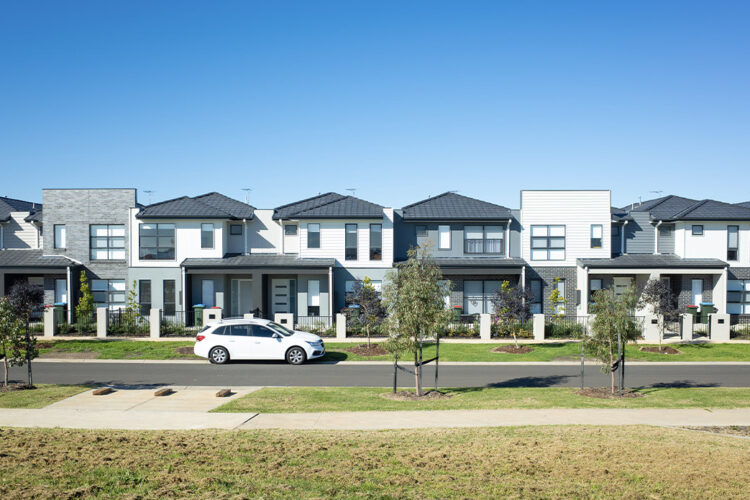The NSW capital led the way nationally in terms of industrial rental growth, as low vacancy rates and supply issues supercharged rental prices in the city.
New data from CBRE showed the average net face rents for super prime assets in Sydney increased by 7.5 per cent in the latest quarter, resulting in a 38.1 per cent annual rental growth rate — the highest year-on-year industrial rent growth rate in the country.
Sass J-Baleh, the head of industrial and logistics (I&L) research for Australia, highlighted that this marks the first time average industrial and logistic (I&L) rents in Sydney have surpassed $200 per square metres for super prime grade assets, reaching $215 per square metres.
Cameron Grier, CBRE’s I&L regional director, explained that planning delays have worsened the rental situation in Sydney and have led to a vacancy rate of less than half a percent in the city’s I&L sector — one of the lowest vacancy levels seen worldwide.
“The severe undersupply of Sydney stock is due to high take-up in 2021 to 2022 and supply issues caused by inclement weather and planning approvals, which has super charged rents.”
Due to the scarcity of available supply, he noted the strong competition in the market, citing that “for every building available, there are three to five users fighting for it and the person who signs first wins”.
“The only thing that will solve this is more supply and that won’t happen until planning authorities can turn around approvals in a speedier way,” Mr Grier added.
But while the harbour city’s rental growth outpaced that of its capital market peers, the global commercial real estate services and investment firm noted that rents in the sector have generally accelerated across the country.
Another capital city to record an impressive industrial rental growth was Perth, with the Western Australia capital posting a 12-month growth rate of 30 per cent following a 4.0 per cent increase during the first quarter of the year.
Rental rates have also picked up pace in Melbourne, following a trajectory similar to that of Sydney’s market in 2022.
Following a 5.2 per cent average rental growth during the first quarter, the Victorian capital’s 12-month rental growth figure currently stands at 23.4 per cent.
Notably, effective rental growth in the city was even higher at 8.3 per cent, as incentives have fallen taking the annual growth figure to 38.3 per cent.
Despite the strong gains during the period, Ms J-Baleh highlighted that Melbourne’s figures are “off a low base”, adding that the city’s average super prime rent remains “quite attractive” for occupiers at $119 per square metres — the lowest in the country.
Looking forward, CBRE predicts that Sydney’s rents could rise by a further 10 per cent by the end of the year, based on the current pipeline.
In Melbourne, CBRE has forecasted a potential for significant rental growth over the next 12 months with an estimated increase of 13 per cent in super prime rents by the end of 2023.
Ms J-Baleh cited the city’s low vacancy rates, as well as the strong pre-committed figures in the city, for the robust growth estimates.
“The Melbourne market has an extremely low vacancy rate of circa 1 per cent and a high pre-commitment rate for new developments coming online over 2023–2026.
“Of the circa 1.7 million square metres of confirmed stock in the pipeline for this period, 72 per cent has already been pre-committed,” she explained.
The expert’s strong outlook is further reinforced by Melbourne’s nation-leading population growth projection as well as its proximity to the country’s largest port.


